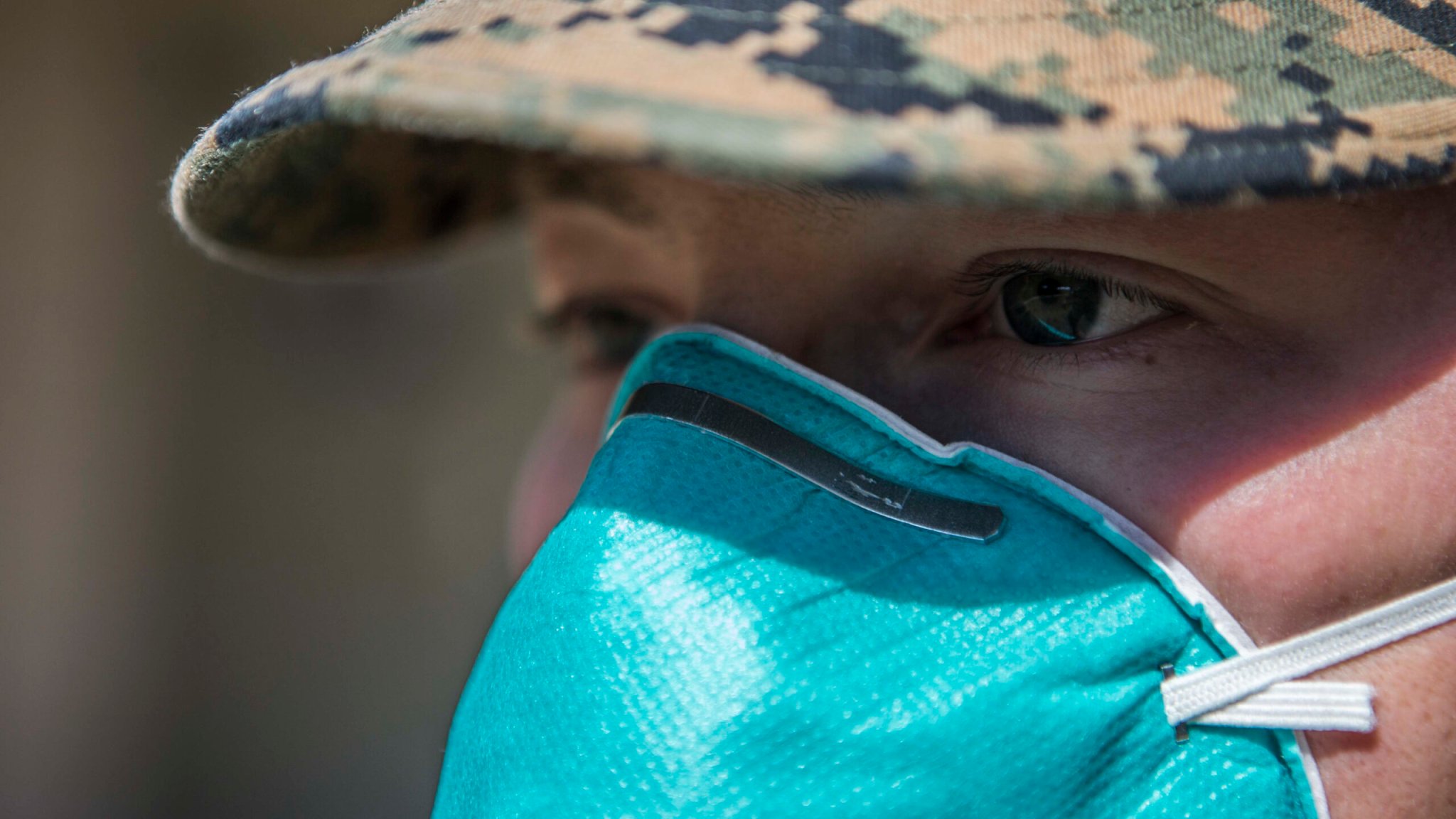

New guidance from the Pentagon directs anyone on Defense Department property, installations, and facilities to wear cloth face coverings “when they cannot maintain six feet of social distance,” due to the novel coronavirus (COVID-19).
A memo released on Sunday says the new rule applies to service members and their families, civilian employees, DoD contractors, and anyone else on DoD property.
This will not be enforced in a service member’s residence on a military installation.
“The Military Departments will issue guidance on wear for service members,” the memo, signed by Defense Secretary Mark Esper, says. “As an interim measure, all individuals are encouraged to fashion face coverings from household items or common materials, such as clean T-shirts or other clean cloths that can cover the nose and mouth area.”
Surgical masks and N95 respirators are not being issued, the memo says, as they “will be reserved for the appropriate personnel.”
It’s important to note that the guidance does not say to wear face coverings in lieu of social distancing, but when social distancing is not possible.
Social distancing has proven to be a challenge for the military, as the Pentagon has refused to issue blanket guidance on what units should do — instead leaving it up to commanders to decide what that will look like for their troops, which has resulted in inconsistencies across the force.
“I can’t put out a blanket policy, if you will, that we would then apply to everybody because every situation is different,” Esper said during a news briefing on March 23. “Tell me how I do six feet distancing in an attack submarine. Or how do I do that in a bomber with two pilots sitting side by side?”
